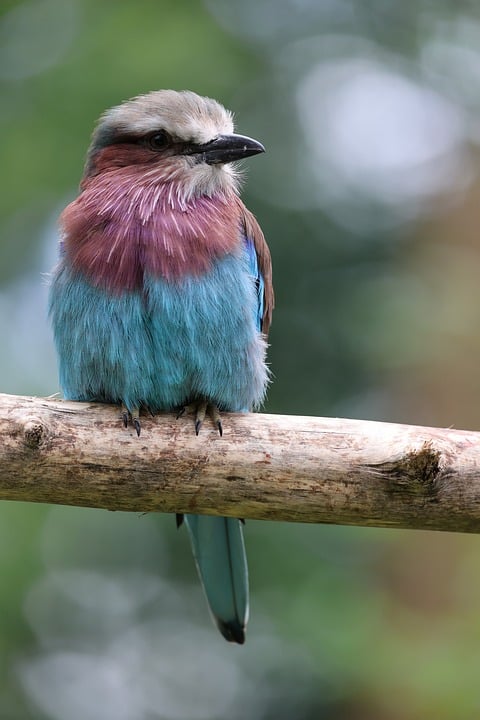From ancient Egyptian mythology to Edgar Allan Poe’s macabre tales, the black cat has long held a mysterious and captivating presence in popular culture. With its association with luck, magic, and superstition, this fur-covered feline has left an indelible mark on literature, art, and entertainment. In this article, we will explore the enigmatic history of the black cat, tracing its evolution from ancient times to its modern-day significance in popular culture.
The Historical Context of the Black Cat
Throughout history, black cats have been both revered and feared. In ancient Egypt, cats were worshipped as symbols of fertility and good fortune, with the goddess Bastet often depicted with the head of a lioness or a domestic cat. The black cat, in particular, was believed to bring prosperity and protection, leading to their association with royalty and divinity.
In medieval Europe, however, black cats were viewed with suspicion and superstition. During the witch hunts of the Middle Ages, these animals were often considered companions of witches and demons, leading to their persecution and extermination. The fear of black cats continued well into the 17th century, with accusations of witchcraft often linked to sightings of these mysterious creatures.
The Current State of the Black Cat in Popular Culture
Despite its tumultuous past, the black cat has regained its status as a symbol of luck and protection in modern times. From Halloween decorations to popular memes, these sleek and mysterious creatures are celebrated for their beauty and mystique. In literature, the black cat has been a recurring motif in works by authors such as Neil Gaiman, Stephen King, and Haruki Murakami, adding an air of mystery and intrigue to their stories.
In film and television, the black cat is often portrayed as a companion to witches and magicians, embodying both good and evil qualities. From Salem in “Sabrina the Teenage Witch” to the Cheshire Cat in “Alice in Wonderland,” these felines continue to captivate audiences with their enigmatic presence. In anime and manga, characters like Luna and Artemis from “Sailor Moon” have further cemented the black cat’s popularity in pop culture.
The Future Predictions for the Black Cat in Popular Culture
As we look to the future, the black cat is likely to remain a prominent symbol in popular culture. With the rise of social media and viral trends, these felines will continue to captivate audiences with their charm and charisma. From viral videos of cats performing tricks to Instagram influencers with millions of followers, the black cat’s popularity shows no signs of waning.
In literature and art, we can expect to see more diverse and nuanced portrayals of the black cat, exploring themes of identity, power, and redemption. As society grapples with issues of diversity and inclusion, these mysterious creatures will serve as powerful symbols of resilience and rebellion. Whether as a symbol of luck or a protector of the supernatural, the black cat will continue to enchant and inspire audiences for generations to come.
Conclusion
In conclusion, the black cat’s enigmatic history in popular culture has spanned centuries, from ancient Egypt to modern-day memes. Despite its association with superstition and fear, these mysterious felines have endured as symbols of luck, magic, and protection. As we look to the future, the black cat’s presence in literature, art, and entertainment is sure to continue, captivating audiences with its charm and charisma.
We invite readers to explore further resources on the black cat’s influence in popular culture, from scholarly articles to works of fiction that celebrate these beloved creatures. Thank you for joining us on this purrfectly enigmatic journey through the history of the black cat in popular culture.
